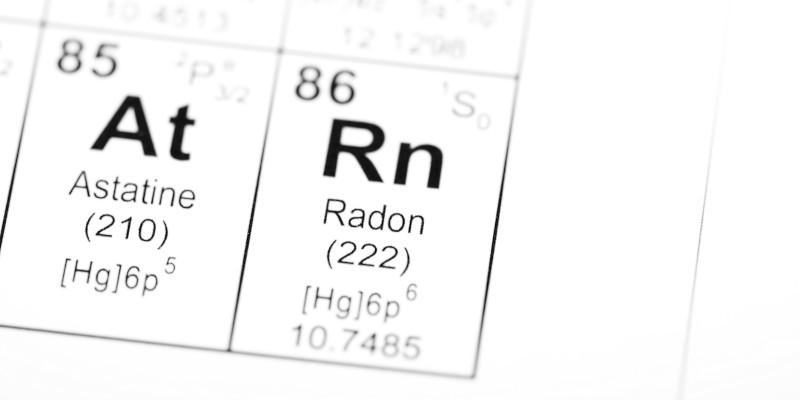While a standard home inspection helps you discover the condition of your roof, foundation, attic, walls, doors, windows, HVAC system, plumbing, electrical system, drainage, and more, most home inspectors provide additional services that you have to request. Radon testing is one of them. However, since some people may not be as informed about radon as others, we at A Better Inspection, LLC have decided to compile a list of things everyone should know about radon testing.

- Human Senses Can’t Detect Radon- Radon is an odorless, colorless, tasteless gas. Because humans can’t detect its presence on their own, getting radon testing before purchasing a home is wise. Home inspectors have the right equipment to find out whether your home has radon and how high its levels are.
- Radon Is Harmful to Human Health- According to the CDC, radon is the second-leading cause of lung cancer and accounts for over 21,000 lung cancer deaths in the U.S. every year. Radon gas breaks down into tiny radioactive particles, and when these are inhaled, they damage the cells that line the lungs. Because prolonged exposure to radon causes cancer, it’s important to get radon testing before moving into a home and then periodically afterward.
- Radon Isn’t Always a Dealbreaker- While a high level of radon could be a sign that you shouldn’t purchase a certain home, that’s not always the case. Hiring a specialist for remediation can reduce radon particles to an acceptable level.
If you need radon testing in Amarillo, Texas, contact us today for more information.
